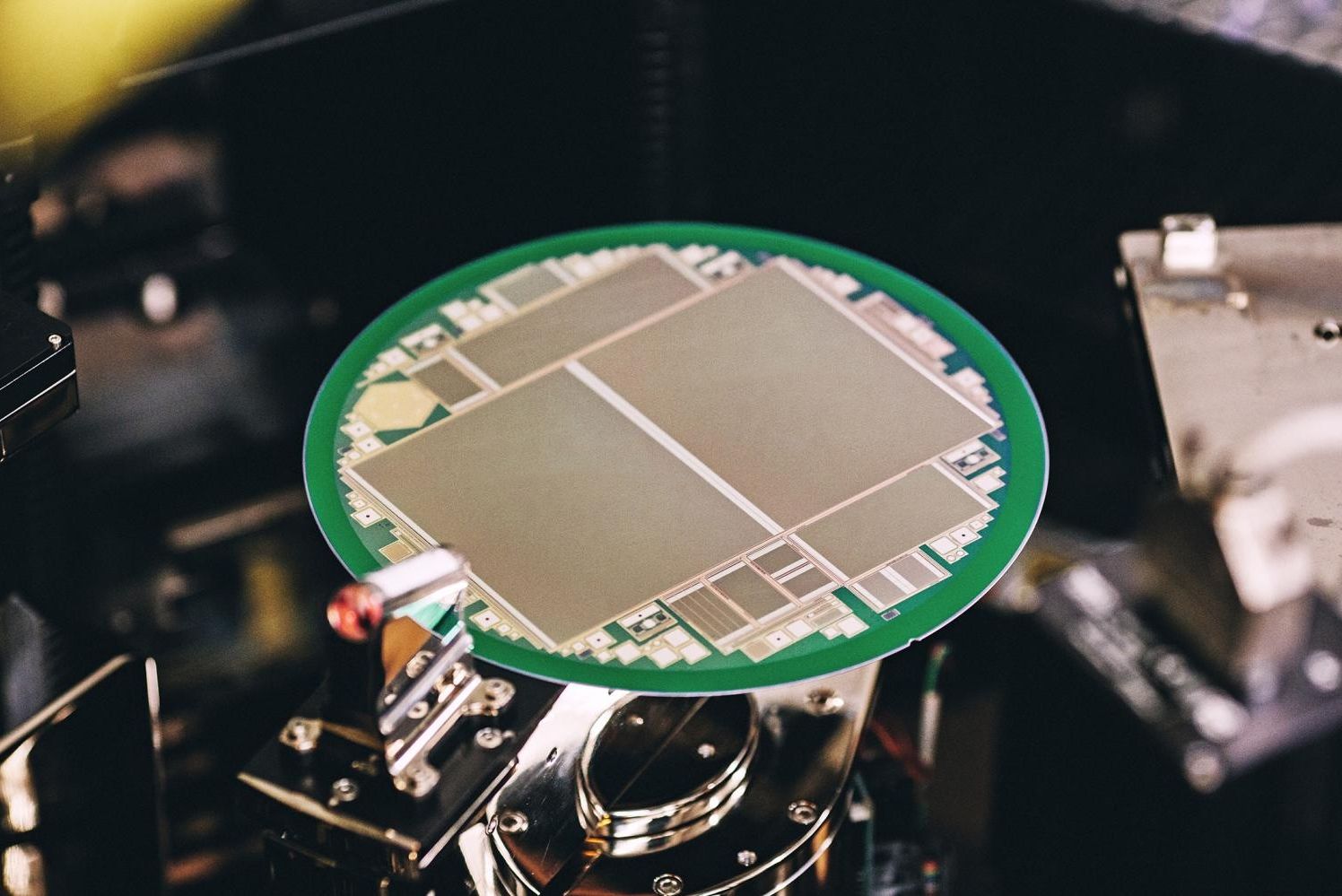Page 11488
Apr 28, 2016
Tiny Spacecraft to Take on Journey to Alpha Centauri
Posted by Klaus Baldauf in categories: computing, engineering, space travel
Draper’s ChipSat Research Could Make Stamp-Sized Spacecraft Functional for Interstellar Mission
CAMBRIDGE, MA – Chip-sized spacecraft will be beamed about 25 trillion miles to Alpha Centauri within 20 years of launch – a mission that would otherwise take 30,000 years – thanks to an engineering project sponsored by the Breakthrough Starshot team. Since 2010, Draper and Cornell University have collaborated on research into spacecraft that could be reduced to the size of a postage stamp and dubbed “ChipSats.” While ChipSats are small and inexpensive to launch, they face challenges far different from those of larger spacecraft and require a completely different approach to space missions.
Due to their tiny size, ChipSats experience disturbances in space in a different manner from large spacecraft. Much like a dinghy is greatly affected by waves that cannot move an oil tanker, the importance of small environmental forces, such as solar radiation pressure and aerodynamic drag, is magnified for ChipSats. This represents a challenge for completing the journey to Alpha Centauri and pointing precisely to send data back to Earth. But it is also an opportunity for developing new guidance and control approaches that take advantage of the environment.
Apr 28, 2016
At CERN, eight-inch sensor chips from Infineon could reveal the mysteries of the universe
Posted by Andreas Matt in categories: computing, cosmology, electronics, particle physics
Ninety-five percent of the universe is still considered unexplored. Scientists at CERN, the world’s largest particle physics research center, located in Geneva, are working on solving these mysteries. In May 2012, researchers there discovered the so-called Higgs Boson, whose prediction won Peter Higgs and François Englert the Nobel prize in physics. One of the things CERN scientists are researching at the moment is dark matter: Although it may well have five times the mass of visible matter in the universe, this extent can only be indirectly proved. With a bit of luck, CERN will also succeed in generating dark matter.
A unique sensor chip can contribute to proving the existence of dark matter: It is eight inches or 15 cm x 10 cm and was developed jointly by Infineon Technologies Austria and the Austrian Academy of Sciences’ Institute of High Energy Physics (HEPHY). Tens of thousands of these silicon components could be used at CERN in the near future. They are not only more economical to produce than previous sensors, which measured up to six inches. The components also stand up better to constant radiation and thus age slower than the previous generation. Planned experiments will scarcely be possible without resistant sensors.
The experiments at CERN are analyzing the structure of matter and the interplay among elementary particles: Protons are accelerated almost to the speed of light and then made to collide, giving rise to new particles whose properties can be reconstructed with various detectors. “In particle physics and cosmology, there are many questions that are still open and to which mankind still has no answer,” says Dr. Manfred Krammer, head of the Experimental Physics Department at CERN. “To make new advances in these areas, we need a new generation of particle sensors. Cooperation with high-tech companies like Infineon allows us to develop the technologies we need for that.”
Apr 27, 2016
Can AI fix education? We asked Bill Gates
Posted by Aleksandar Vukovic in categories: education, mobile phones, robotics/AI
Bill Gates on personalized learning, AI in education.
The rise of smartphones has transformed the way students communicate and entertain themselves. But the classrooms they spend so much of their time in remain stubbornly resistant to transformation. On one hand, technology has long had a home in classrooms — I learned to type on an Apple IIe in the late 1980s. But for most schools, the approach to teaching remains stubbornly one-size-fits-all: a single teacher delivering the same message to a group of about 30 students, regardless of their individual progress.
Bill Gates is working to change all that. Through the Bill and Melinda Gates Foundation, Microsoft’s co-founder and chairman has invested more than $240 million to date in a developing field known as “personalized learning.” It’s a diffuse set of initiatives, led mostly by private companies, to develop software that creates individual lesson plans for students based on their performance, coaching them through trouble spots until they have mastered the subject at hand. Teachers still play a central role in the classroom, but they do less lecturing and more one-on-one coaching.
Continue reading “Can AI fix education? We asked Bill Gates” »
Apr 27, 2016
Genetics startup Twist Bioscience is working with Microsoft to store the world’s data in DNA
Posted by Aleksandar Vukovic in categories: biotech/medical, business, genetics, information science
“[Using DNA,] you could fit all the knowledge in the whole world inside the trunk of your car,” Twist Bioscience CEO Emily Leproust told TechCrunch.
Twist Bioscience, a startup making and using synthetic DNA to store digital data, just struck a contract with Microsoft and the University of Washington to encode vast amounts of information on synthetic genes.
Big data means business and the company able to gather a lot of it is very valuable to investors and stockholders. But that data needs to be stored somewhere and can cost a lot for the upkeep.
Apr 27, 2016
Approaching the Unknown: Movie Trailer
Posted by Sean Brazell in categories: entertainment, space travel
Captain William D. Stanaforth (Mark Strong) is on a one-way solo mission, taking humanity’s first steps toward colonizing Mars. Although the entire world is watching him, he is completely alone in a dark and distant sea of stars. Stanaforth rockets bravely through space facing insurmountable odds, but as the journey takes a toll on his life-sustaining systems, he is forced to make impossible choices that threaten his sanity, mission and very existence.
Apr 27, 2016
Supermassive black holes and dark matter create space ‘tunnels’, Lancaster university says
Posted by Andreas Matt in categories: cosmology, particle physics

Dr Konstantinos Dimopoulos, a physicist at the University of Lancaster, believes that at the centre of some galaxies – where densely packed gas and dust burns incredibly brightly around a supermassive black hole – powerful magnetic fields which fire out from the jets of the black holes could affect the properties of dark matter.
As the burning galactic nucleus churns, Dr Dimopoulos claim that one type of dark matter in particular, made of theoretical particles called axions, would be affected.
SpaceX is planning to send Dragons to Mars as early as 2018. Red Dragon missions will help inform the overall Mars architecture that will be unveiled later this year.
These missions will help demonstrate the technologies needed to land large payloads propulsively on Mars.
Apr 27, 2016
Squad X Program Envisions Dismounted Infantry Squads of the Future
Posted by Roman Mednitzer in categories: innovation, military
“Through Squad X, we want to vastly improve dismounted squad effectiveness in all domains by integrating new and existing technologies into systems that squads can bring with them,” said Maj. Christopher Orlowski, DARPA program manager. “The squad is the formation with the greatest potential for impact and innovation, while having the lowest barrier to entry for experimentation and system development. The lessons we learn and the technology we create could not only transform dismounted squads’ capabilities, but also eventually help all warfighters more intuitively understand and control their complex mission environments.”
Squad X intends to combine off-the-shelf technologies and new capabilities under development through DARPA’s Squad X Core Technologies (SXCT) program, which was launched specifically to develop novel technologies that Squad X could integrate into user-friendly systems. SXCT shares Squad X’s overarching goal of ensuring that Soldiers and Marines maintain uncontested tactical superiority over potential adversaries by exploring capabilities in four areas: precision engagement, non-kinetic engagement, squad sensing and squad autonomy. In an important step toward that goal, SXCT recently awarded Phase 1 contracts to nine organizations.
The U.S. Army, U.S. Navy and U.S. Marine Corps have expressed interest in future Squad X capabilities and plan to support the experimentation efforts with testing in simulated operational environments as the program progresses.
Apr 27, 2016
Estonian firm prints 3D customised model of you
Posted by Karen Hurst in categories: 3D printing, robotics/AI

You need multiple clones of yourself as a humanoid robots created from your own 3D printer; we may be well on our way with this announcement.
An unusual egg-shaped booth in Tallinn’s Seaplane Harbour is where a small team of Estonian engineers is testing its new invention.
Continue reading “Estonian firm prints 3D customised model of you” »
















